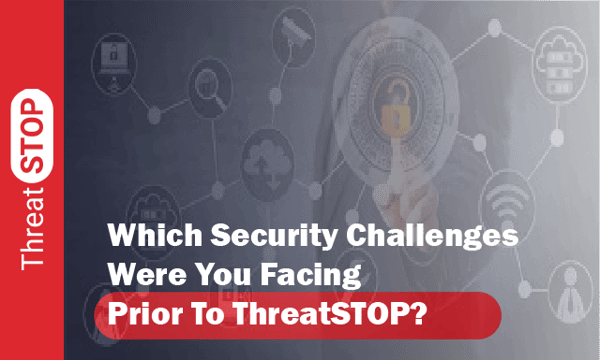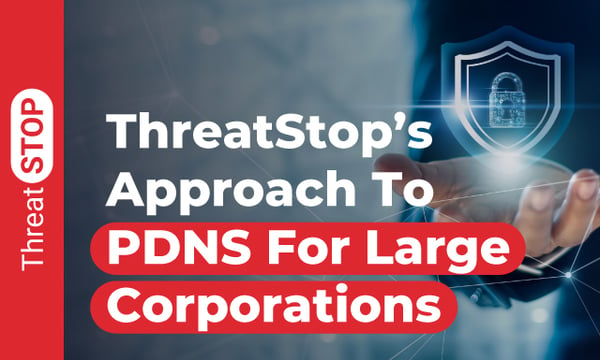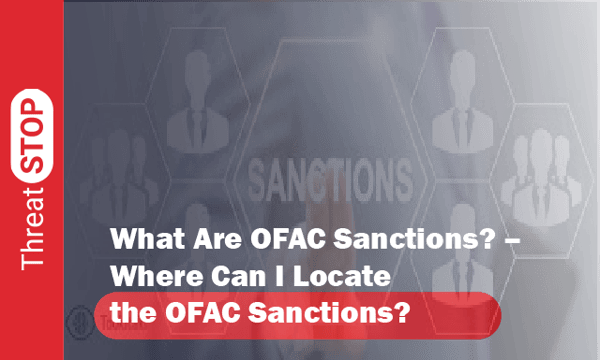July 9, 2020 • John Bambenek
How to Work Towards Better Whitelisting
2Min read
•
Cybersecurity,
threat intelligence,
whitelisting,
machine learning,
threat detection,
new domains,
information security,
infosec,
false positives



